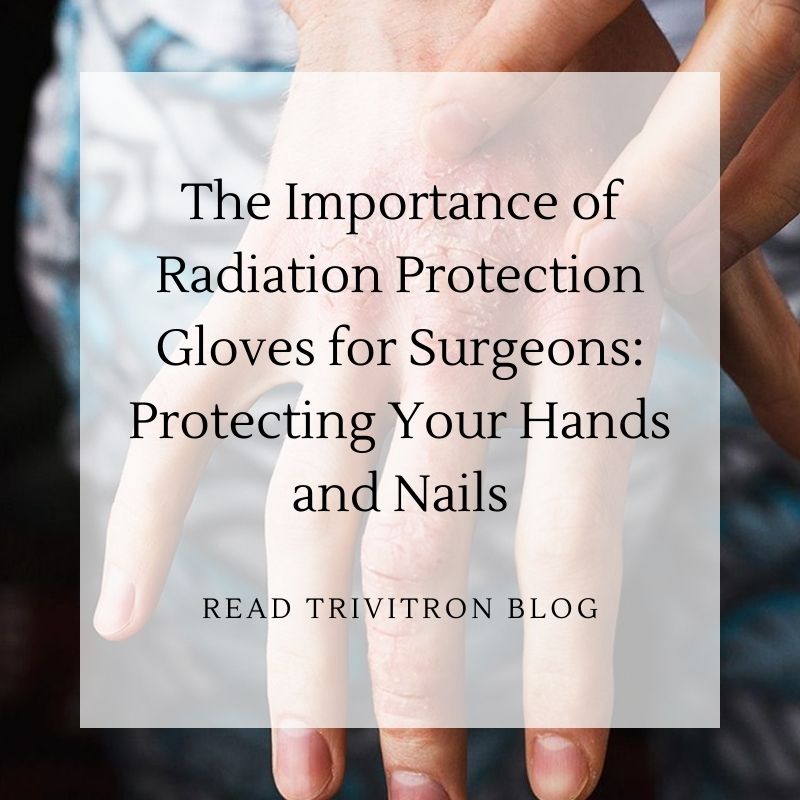What doctor treats varicose veins? Varicose veins, often considered a cosmetic concern, can actually lead to more severe medical issues if left untreated. Many people suffering from varicose veins wonder which type of doctor they should consult for treatment, and an equally important concern is whether these treatments are covered by insurance. In this article, we will delve into the various medical professionals who can help with varicose veins and explore the insurance coverage options available to patients seeking treatment.
Who Can Treat Varicose Veins?
When seeking treatment for varicose veins, it’s crucial to consult the right medical professional. While primary care physicians can provide valuable guidance, they typically refer patients to specialists for in-depth evaluation and treatment. Here are the types of doctors who can help you with varicose veins:
- Vascular Surgeon:
Vascular surgeons are specialists who deal with conditions related to blood vessels. They are well-equipped to diagnose and treat varicose veins, often employing surgical procedures for severe cases. Your primary care physician may refer you to a vascular surgeon if your condition requires surgical intervention.
- Phlebologist:
A phlebologist is a physician who specializes in the treatment of vein-related conditions. These doctors have a profound understanding of the circulatory system and can provide comprehensive care for varicose veins. They are often the go-to choice for patients with less severe cases, as they can offer a wide range of non-surgical treatments.
- Dermatologist:
Dermatologists, primarily known for their expertise in skin issues, can also treat varicose veins. They are especially useful when varicose veins lead to complications such as skin ulcers or rashes. Dermatologists can recommend suitable skincare regimens and may refer patients to specialists for further treatment.
- Interventional Radiologist:
Interventional radiologists are specialists who use advanced imaging techniques to guide minimally invasive procedures. They can treat varicose veins by performing procedures like endovenous laser treatment (EVLT) and radiofrequency ablation (RFA). These treatments are less invasive and have shorter recovery times than traditional surgery.
- Primary Care Physician:
Your primary care physician can provide initial evaluation and advice on varicose veins. They may also help determine whether you need to see a specialist for more specific treatment. In some cases, insurance companies require referrals from primary care physicians for specialist visits, so it’s essential to consult them first.
Insurance Coverage For Varicose Vein Treatments
Are Varicose Vein Treatments Covered by Insurance? The question of insurance coverage for varicose vein treatments is a significant concern for many patients. Whether your insurance plan covers these treatments depends on various factors, including the severity of your condition, the specific treatment options, and the terms of your insurance policy. Here’s what you need to know about insurance coverage for varicose vein treatments:
- Medical Necessity:
In most cases, insurance companies will cover varicose vein treatments if they are deemed medically necessary. If your varicose veins cause symptoms like pain, swelling, or skin changes, and your doctor recommends treatment, there is a good chance your insurance will cover it. The medical necessity is a crucial criterion for insurance approval.
- Conservative Measures:
Before approving more invasive treatments, insurance companies often require patients to attempt conservative measures. These may include wearing compression stockings, lifestyle changes, and other non-invasive approaches. If these methods do not alleviate your symptoms or the condition worsens, your insurance is more likely to cover further treatments.
- Pre-authorization:
Some insurance plans may require pre-authorization for specific treatments. This means your doctor must obtain approval from the insurance company before proceeding with surgery or more advanced procedures. It’s essential to understand your insurance plan’s requirements and work closely with your healthcare provider to ensure a smooth approval process.
- Out-of-Network Providers:
If you choose a healthcare provider who is out of your insurance network, your coverage may be limited, and you may need to pay a more significant portion of the costs. It’s advisable to consult with your insurance provider to understand the extent of coverage for out-of-network treatments and the associated expenses.
- Cosmetic vs. Medical:
Insurance companies often draw a line between cosmetic and medically necessary treatments. Procedures that are primarily performed for cosmetic purposes, such as spider vein removal for aesthetic reasons, are less likely to be covered by insurance. However, if varicose veins cause discomfort or complications, they are more likely to be considered a medical necessity.
- Varied Plans:
Insurance coverage for varicose vein treatments can vary significantly between insurance plans and providers. Some insurance companies may offer better coverage for these treatments, while others may have more stringent criteria for approval. It’s crucial to review your insurance policy and consult your provider to fully understand your coverage.
Conclusion
Varicose veins can be a source of physical discomfort and can lead to more severe medical issues if left untreated. When considering varicose vein treatments, it’s important to consult the right medical professional based on the severity of your condition. Whether or not these treatments are covered by insurance depends on several factors, including medical necessity, the specific procedure, and the terms of your insurance policy.
To ensure you receive the most suitable treatment and maximize your insurance coverage, work closely with your healthcare provider and insurance company. Remember that early intervention and a clear understanding of your insurance policy can help you effectively address varicose veins and alleviate associated symptoms, ensuring your health and well-being in the long run.







